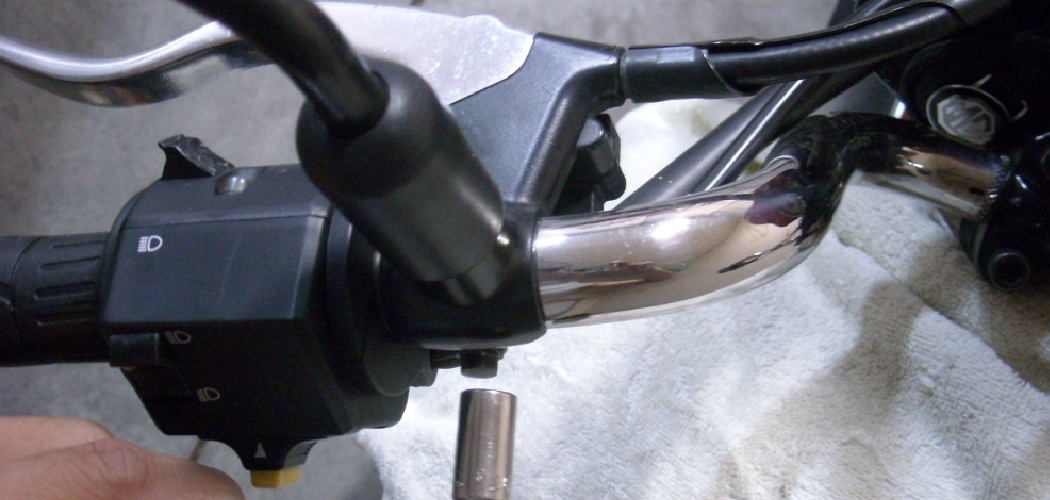Kryptonite bike locks are renowned for their exceptional durability and high level of security, making them one of the most popular choices for bike owners worldwide. Designed to deter theft, these locks often feature robust materials and advanced mechanisms that stand up to tampering. However, there are situations where you might need to remove a Kryptonite bike lock without the standard key.
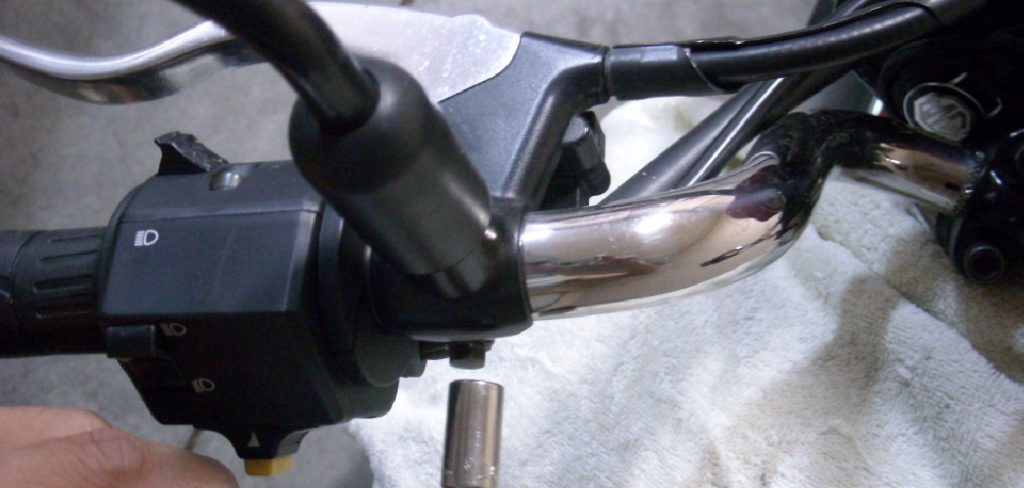
Perhaps the lock has malfunctioned, the key has been lost, or you need to detach the lock from a secondhand bike you’ve purchased. This article aims to guide you step-by-step on how to remove a Kryptonite bike lock, offering safe and effective methods tailored to various scenarios and lock types. By following this guide, you’ll learn practical techniques to address common issues with Kryptonite locks while ensuring minimal damage to your bike.
Types of Kryptonite Bike Locks
Kryptonite bike locks come in various designs, each offering unique features and levels of security. Understanding the type of lock you’re dealing with is crucial for identifying the best removal method.
U-Locks (Standard and Mini)
U-locks are among the most common and highly secure options offered by Kryptonite. Made from hardened steel, these locks are designed to resist cutting and leverage attacks, making them a popular choice for cyclists. Standard U-locks are larger to accommodate various locking scenarios, while mini U-locks are more compact and portable. You can identify your U-lock by its rigid, U-shaped shackle and the locking mechanism at the base. Removing U-locks typically requires tools that can tackle the durable steel material while ensuring minimal damage to your bike.
Chain Locks
Chain locks are a more flexible option, consisting of a robust chain covered by a protective sleeve. These locks are particularly useful for larger bikes or when securing multiple parts of your bike frame. However, removing a chain lock can present challenges due to the chain links’ thickness and the materials’ toughness. Specialized tools like bolt cutters or angle grinders are often needed to deal with chain locks efficiently.
Folding Locks
Folding locks are constructed from interlocking, hardened steel plates, offering a balance of high security and portability. Their compact, foldable design makes them easy to carry but equally challenging to remove without the proper tools. Unlike U-locks or chain locks, folding locks require a different approach due to the interconnected nature of their plates. Identifying the lock’s weak points and using appropriate tools is essential for safe removal while preserving your bike’s integrity.
Materials and Tools Needed
Basic Tools for Removing a Kryptonite Lock
- Spare key or reset code (if you have lost the key or combination).
- Bolt cutters or hacksaw (for physical removal if the key is unavailable).
- Angle grinder (for tough locks or emergency situations).
- Penetrating oil or lubricant (if the lock is stuck or rusted).
Safety Equipment
- Protective gloves to avoid injury.
- Safety goggles to protect your eyes when using power tools.
- Hearing protection if using an angle grinder.
Ensuring you have the right tools and safety equipment is crucial for effectively removing a Kryptonite lock. Always assess the situation to determine the most appropriate method, and exercise caution when using power tools to avoid damaging your property or causing injury. If you are unsure, consider seeking professional assistance.
How to Remove a Kryptonite Bike Lock with a Key
Removing a Kryptonite bike lock with a key is straightforward if the lock is functioning properly. Follow these steps to ensure a hassle-free unlocking process:
Step 1: Insert the Key
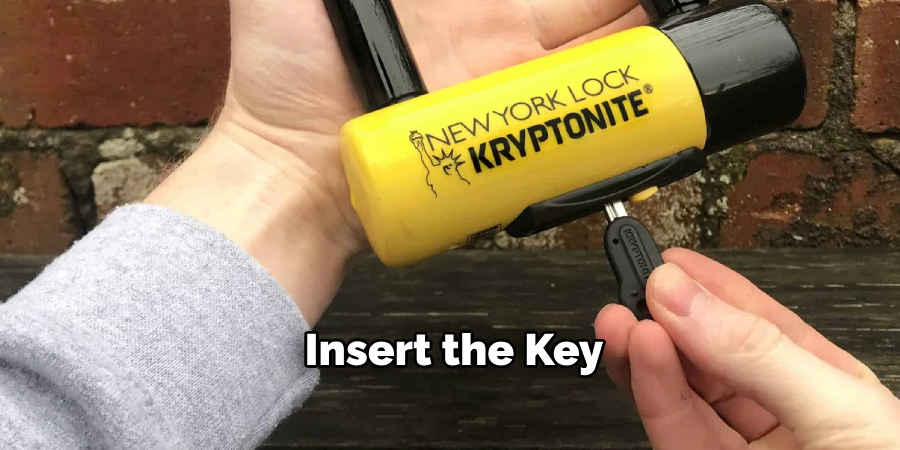
Before attempting to unlock the lock, inspect the keyway to ensure it is clear of dirt or debris, which can impede the mechanism. Insert the key fully into the lock and turn it to the open position.
Step 2: Unlock the Mechanism
Turn the key until you feel the lock mechanism disengage. Once unlocked, gently pull on the shackle or release button to detach the lock from the bike. Avoid using excessive force, as this could damage the lock or key.
Step 3: Test for Sticking Issues
If the lock doesn’t open smoothly, it may be due to a sticking mechanism. Use a lubricant specifically designed for locks to loosen the internal components. Spray a small amount into the keyway, insert the key, and work it back and forth to distribute the lubricant. Attempt to turn the key again after lubrication.
If the lock still fails to open after these steps, it may indicate a deeper issue, such as rust or damage to the internal components. At this point, you may need to consult a professional locksmith for further assistance.
How to Remove a Kryptonite Bike Lock Without a Key
Step 1: Contact Kryptonite Support
If you’ve lost the key to your Kryptonite lock, the first step is to contact Kryptonite’s customer service team. Explain the situation in detail and provide any information about your lock, such as the lock’s model or serial number. If you registered the lock when you purchased it, Kryptonite might be able to send you a replacement key or provide a key code to reset it.
Step 2: Try Using a Key Code
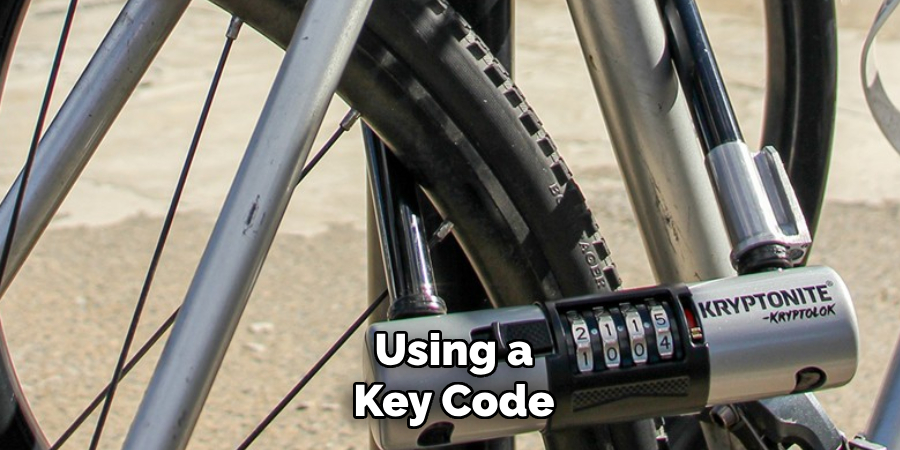
If you have the key code provided initially with your Kryptonite lock, you can use it to order a replacement key. This code is typically included in the lock’s documentation or registration materials. Keep this code safe for future reference, as it’s the easiest way to obtain a new key without damaging the lock.
Step 3: Physical Removal Methods
If contacting Kryptonite or using a key code isn’t possible, you may need to physically remove the lock. Consider these methods carefully and only proceed if the lock belongs to you:
- Using Bolt Cutters: This method is only viable for chain locks or thinner U-locks. Use heavy-duty bolt cutters to cut through the shackle, ensuring the tool’s jaws can handle the material.
- Using a Hacksaw: For U-locks, a hacksaw can be an option. This method requires patience and a significant amount of effort, as sawing through a hardened shackle takes time.
- Using an Angle Grinder: An angle grinder may be necessary for more secure locks. This tool can effectively cut through hardened steel but generates noise, heat, and sparks, so you should handle it with caution and proper safety equipment. Use this method only as a last resort.
If none of these strategies work or if you feel uncomfortable attempting physical removal, consulting a professional locksmith can provide a safe and effective solution.
Troubleshooting Stuck or Frozen Locks
Identifying the Problem
A lock may become stuck or frozen for various reasons, such as exposure to cold weather, rust accumulation, or the buildup of dirt and grime. These factors can interfere with the internal mechanisms, preventing the key from turning correctly. Identifying the cause is crucial for applying the right solution.
Step 1: Use Penetrating Oil
If the problem stems from rust or grime, apply a small amount of penetrating oil or graphite lubricant directly into the keyhole. Allow the lubricant to sit for a few minutes to loosen the internal parts. Afterward, gently insert the key and attempt to turn it. This method often works well for addressing issues caused by corrosion or debris.
Step 2: Heat the Lock
For locks frozen due to extremely cold temperatures, apply heat to thaw the components. A hairdryer is a safe and effective option for warming the lock. Hold the hairdryer a few inches away and direct warm air over the lock to melt any ice. Avoid overheating, as excessive heat may damage the lock’s structure or surrounding materials. Once thawed, the lock should turn more easily.
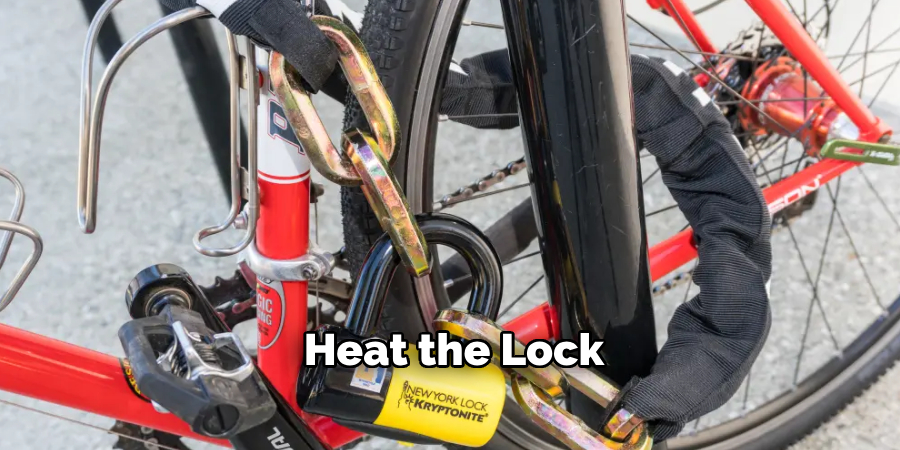
Preventing Future Lock Issues
Regular Maintenance
Lubricate your Kryptonite bike lock every few months to ensure smooth operation. Using a high-quality lubricant specifically designed for locks can help minimize friction within the mechanism. Additionally, routinely inspect your lock to remove any debris or dirt obstructing its performance.
Protection from Rust
Always store your lock in a dry location to prevent rust formation when not in use. Moisture buildup can significantly weaken the lock over time, so protecting it from prolonged exposure to rain or humidity is crucial. Consider investing in a weather-resistant cover to shield the lock from harsh environmental conditions, extending its lifespan and functionality.
Avoid Losing the Key
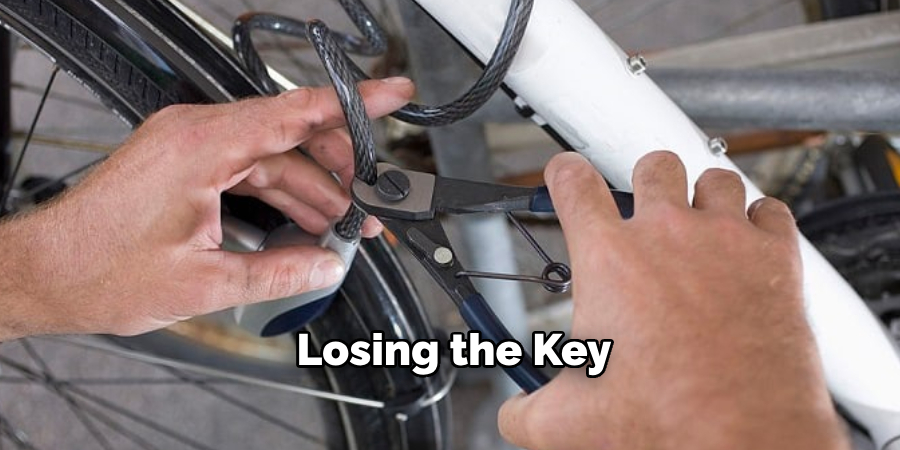
One of the most common issues for bike lock users is misplacing their keys. To mitigate this problem, register your lock with Kryptonite to benefit from their key replacement service. Additionally, always keep a spare key in a secure location, such as a safe or a trusted key holder attached to your bike. Taking these precautions reduces the likelihood of being stranded without a way to unlock your bike.
By following these preventive measures, you can minimize lock issues and ensure your Kryptonite bike lock remains reliable for years to come.
Conclusion
Understanding “how to remove a Kryptonite bike lock” is essential for any bike owner to safeguard against unforeseen complications. Always start with the proper key, ensuring it’s stored in a secure and accessible place. If you lose your key, contact Kryptonite customer service for a replacement or guidance. As a last resort, consider professional physical removal techniques.
Regular maintenance, such as cleaning and lubricating the lock, can prevent issues and extend its lifespan. For additional support, don’t hesitate to reach out to Kryptonite for assistance with lost keys or lock reset options. Taking these steps ensures your lock remains dependable.

